
“I found these near my dog’s toilet area in the garden,” writes Mary in her submission regarding the white organisms pictured below. “Are they larvae of some kind? They are about a quarter of an inch, the two bigger ones. Thank you for your help.” First off, we want to thank Mary for the excellent photos, the best of which we included below, as well as the context, which always helps us identify the organisms we are asked about and tailor our advice. The organisms Mary found are not larvae, but fully-grown insects known as wax scales (Ceroplastes). They are not harmful to dogs or humans, so Mary needs not worry on that front, but they are parasitic, and thereby harmful, to the plants they infest.
These creatures are quite fascinating: their wax coating (for which they are named) shields their bodies from predators and many insecticides, and effectively disguises them from being perceived as organisms altogether. They look more like seeds, or at most pupae, than anything else. But they do indeed have body parts underneath that waxy layer, and it is their mouth piece which they insert into plants to sap the fluids from them. If enough wax scales infest a given plant, they can cause leaves to become discolored or even drop, and they can negatively affect branch growth. Very severe infestations can even kill a plant. This is not helped by the mold that tends to grow in the wake of the sticky, sap-like excretions they produce as a result of feeding on the plants.
Younger wax scales (known not as larvae but nymphs) can be quite interesting to look at, depending on the species of wax scale (there are many!). For example, the Florida wax scale nymph looks like a small white flower; it has an ovate center and several triangular appendages branching out from it. In the second photo (below) we see smaller white objects that we think are likely the nymphs of the wax scales Mary found. They are a simple oval shape, which tells us that these are likely not Florida wax scales. That said, the mold that grows on the honeydew produced by wax scales is also white, which makes it hard to tell if these spots are nymphs or mold. Mary can find out by seeing if the shapes are lumpy or flat. Of course, she will also notice if they start to grow into the adult wax scales. If these are Mary’s plants which she wishes to protect, there are unfortunately not many options of control that we can find, other than using insecticides or natural parasites, neither of which we recommend. Hand-picking them might slow them down, but it is unlikely to successfully eliminate the infestation. At the very least, we recommend isolating the plants from other ones to stop the spread.
In conclusion, the white organisms Mary found near her dog’s toilet area are wax scales. They are harmful to plants, but not to dogs and humans. We hope this helps, and we wish Mary the very best!
All About Worms is always free, always reader-supported. Your tips via CashApp, Venmo, or Paypal are appreciated! Receipts will come from ISIPP Publishing.
You might also find these guys interesting!





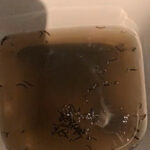

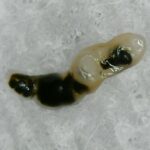
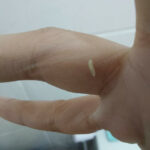
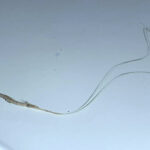
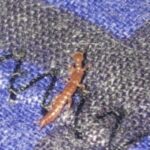
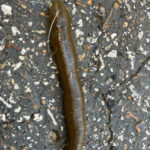
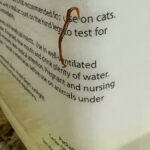



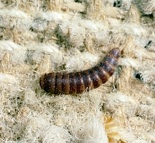


I would like to submit the following question about worms. I have searched your site and read through the articles, but can’t find the information I am looking for. If possible I am including a video, and I understand and agree that any picture and/or text that I submit may be used by All About Worms without restriction. I hope that you will answer this question, although I understand that not all questions can be answered. I UNDERSTAND THAT YOU ARE NOT MEDICAL PROFESSIONALS AND CANNOT IDENTIFY PARASITES OR DIAGNOSE SYMPTOMS. I give you permission to use my first name in the answering article. My question is:
Here is the video: [link removed by system]
This is my video.
What is this worm or worm-like creature? Is it even a worm? Do you know the taxonomy? Thank you in advance!
Hello, Ms. Burns, please submit your question through the submission link, not as a comment. You will find the submission form on the right-hand side of every article.